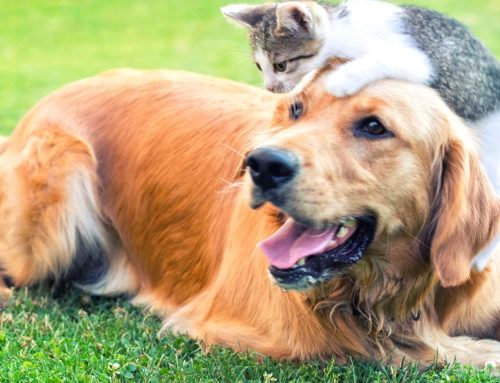One of the biggest concerns for most new dog owners is house training. Don’t be scared! It’s not as hard as you may think it is. The key to house training your puppy is consistency and patience. House training a new pet may take anywhere between two weeks to 6 months – depending on the age, breed and general background of your puppy (previous living conditions, old habits).
One important factor would be the size of the dog, smaller breeds have faster metabolism and smaller bladders, so it may involve frequent trips outside so they can do the deed.
Here are some easy steps to get started on house training your puppy:
- Stick to a regular feeding schedule. Controlling when your dog eats can make it easier for you to predict when he needs to be taken to the potty.
- Let your dog get used to being taken out first thing in the morning, after meals, after a drink and at night before bedtime.
- Take the puppy to the same spot each time so his scent prompts him to do his business.
- Introduce a verbal cue when you’re taking your dog out.
- When your dog defecates or urinates outside the house, give him verbal praise or even a treat to encourage the correct behaviour.
Understanding the signs that your puppy needs to go is an important part of house training. This includes circling, sniffing the ground, whining, barking or scratching at the door.
Setbacks are also normal for younger dogs (under a year old), so if your puppy has an accident inside your home, be understanding. Instead of punishing your dog for the accident, try other methods to express that he’s done something wrong – like a loud clap if you catch them in the act of doing it.
An important note on dealing with accidents: deodorise! The scent will attract the dog back to the same spot. Ammonia-based cleaners or baking soda can eliminate the smell and prevent further accidents in the same spot.
Younger pups (usually around 7 weeks old), may benefit from crate training or paper training. The first introduces them to the concept of having a clean living space and limiting their desire of wanting go toilet there. Dogs don’t like soiling their bed and having urine-soaked rags in their space, so it’s their natural instinct to try to hold it until you let them out of the crate.
Paper training involves using a newspaper or a potty pad to help your dog understand where it is appropriate to go. This needs to be decreased in size as you progress through the training and eventually be taken outside.
It is easy to get frustrated during the house-training period, but it is essential to be patient during the process and remember that each dog is different.



